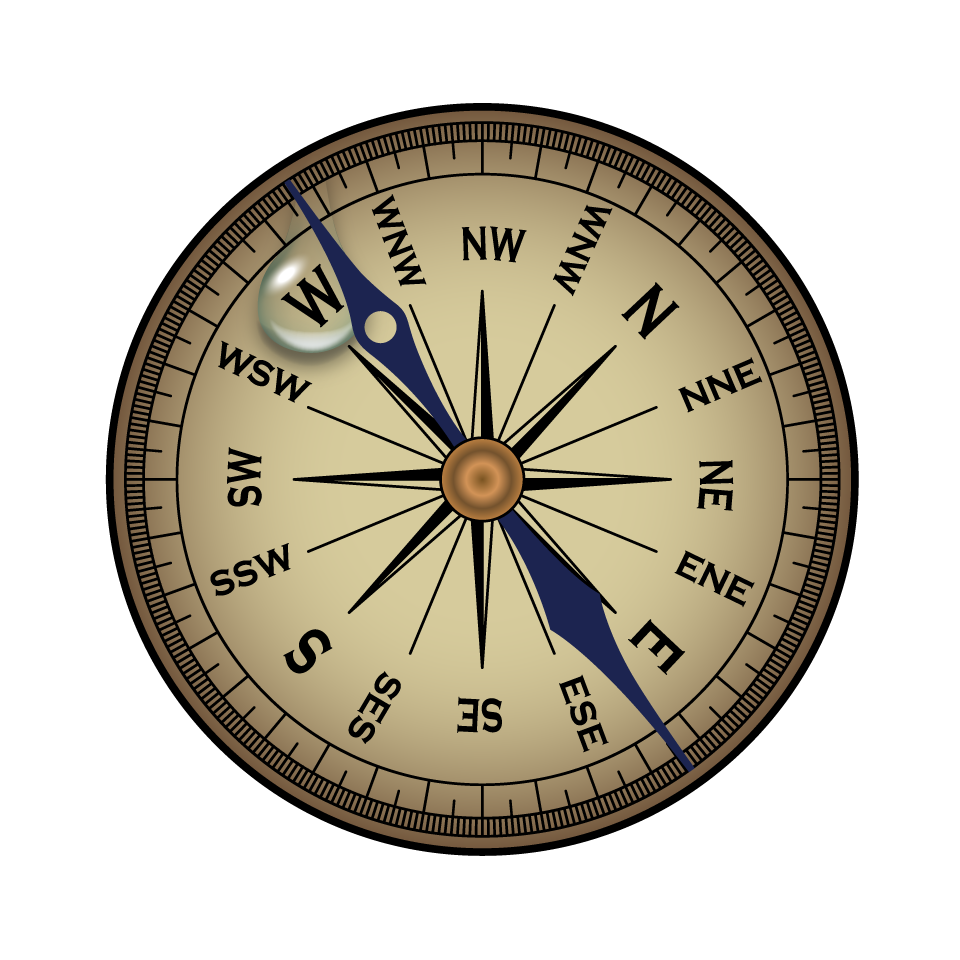There are several potential consequences of not moving to surface water, including additional land subsidence, which could lead to the failure of groundwater wells and increased risk of flooding in the areas that subside.
Prior to the 1970s, the majority of the Houston-Galveston region’s water supply came from wells that pumped water from underground sources, and that was taking its toll on the land that homes and businesses were built on. As the water underneath was drawn down, the ground above began to compact and sink – or subside – into the empty space where water was once stored naturally.
The most startling example of subsidence in the Houston region was the sinking of the Brownwood neighborhood near the Houston Ship Channel. Between 1943 and 1973, about 4,700 square miles of land southeast of downtown Houston sank at least six inches, with the area near the Ship Channel and Brownwood sinking about nine feet. Because it happened slowly, many did not realize its full effect until people’s homes began flooding regularly. Some structures were swallowed by the bay, and those that survived eventually were declared uninhabitable after Hurricane Alicia completed the devastation in 1983.
In 1975, the Texas Legislature created the Harris Galveston Subsidence District to regulate groundwater usage in Harris and Galveston counties to prevent additional land subsidence. After the District’s success in arresting subsidence southeast of Houston by regulating groundwater pumping, Harris County water providers were also required to seriously cut back on pumping groundwater from wells and to replace it with surface water, such as that from lakes and rivers. Failure to comply with the Subsidence District mandates triggers payment of “disincentive fees,” which are increasingly steep penalties.




